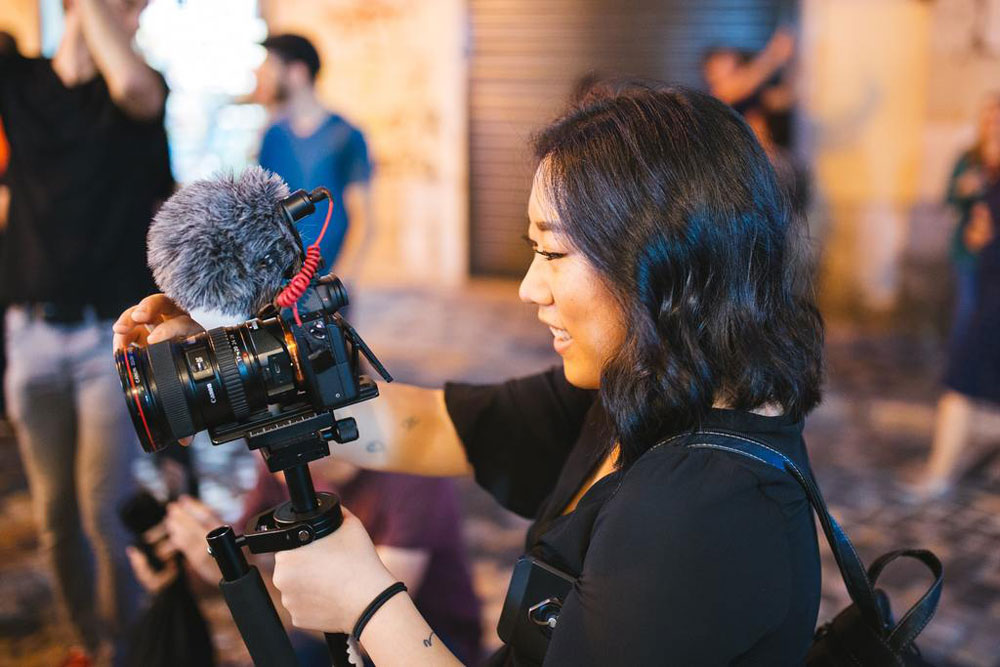
August 21, 2020; Columbia Journalism Review
The list of press investigations of nonprofit malfeasance is long, from Southwest Key to the Trump Foundation to the “Varsity Blues” scandal. Skilled investigative reporters working with editors and publishers have helped hold nonprofit organizations, big and small, accountable for misusing their tax-exempt status and abusing the public’s trust.
In recent years, journalism—especially local journalism—has faltered. This has greatly diminished the ability of investigative journalists to hold organizations accountable. One of the few bright spots, however, has been the rise of nonprofit journalism, celebrated by Columbia Journalism Review (CJR), NPQ, and many others.
And yet, as a recent CJR article by Tim Schwab reminds us, when foundations become underwriters of the press, journalistic independence can be placed at risk.
Using the Bill and Melinda Gates Foundation as a case study, Schwab highlights this risk. From a review of public records, he found that the foundation has made grants totaling an estimated $250 million to support journalism. Schwab details:
Recipients included news operations like the BBC, NBC, Al Jazeera, ProPublica, National Journal, the Guardian, Univision, Medium, the Financial Times, the Atlantic, the Texas Tribune, Gannett, Washington Monthly, Le Monde, and the Center for Investigative Reporting; charitable organizations affiliated with news outlets, like BBC Media Action and the New York Times’ Neediest Cases Fund; media companies such as Participant, whose documentary Waiting for “Superman” supports Gates’s agenda on charter schools; journalistic organizations such as the Pulitzer Center on Crisis Reporting, the National Press Foundation, and the International Center for Journalists; and a variety of other groups creating news content or working on journalism, such as the Leo Burnett Company, an ad agency that Gates commissioned to create a “news site” to promote the success of aid groups.
And the Gates Foundation is not alone. Many of the growing number of mega-philanthropists, including those whose interests extend well beyond the survival of a free press, have seen media funding as part of their agenda:
Sign up for our free newsletters
Subscribe to NPQ's newsletters to have our top stories delivered directly to your inbox.
By signing up, you agree to our privacy policy and terms of use, and to receive messages from NPQ and our partners.
The Broad Foundation, whose philanthropic agenda includes promoting charter schools, at one point funded part of the L.A. Times’ reporting on education. Charles Koch has made charitable donations to journalistic institutions such as the Poynter Institute, as well as to news outlets such as the Daily Caller, that support his conservative politics. And the Rockefeller Foundation funds Vox’s Future Perfect, a reporting project that examines the world “through the lens of effective altruism”—often looking at philanthropy.
The Gates Foundation sees its interest as helping the public be better informed, shoring up a teetering resource in an age when the commercial media’s business model has been threatened. The foundation told CJR they were using their resources to ensure “creative and editorial independence.”
When well-respected media outlets have an opportunity to produce coverage of under-researched and under-reported issues, they have the power to educate the public and encourage the adoption and implementation of evidence-based policies in both the public and private sectors.
Charles Piller of the Los Angeles Times thinks conflicts of interest are unavoidable in these relationships. In the CJR article, he is quoted observing that leaders of news organizations “would be kidding themselves to suggest that those donations to their organizations have no impact on editorial decisions. It’s just the way of the world.”
This challenge of course is not new. Nor is it unique to nonprofit journalism and philanthropy, as large advertisers can create similar pressures on commercial media. Earlier this year, Catherine Jones, writing in NPQ, asked the key question—namely, what is the appropriate “firewall” in nonprofit journalism between news and funding.
And the answers are not easy. Jones, citing a study by two journalism professors, points out that while the “firewalls” of the commercial media world between news and advertising are highly imperfect, the nonprofit-philanthropic firewall is even less clear. Figuring out how to address this dynamic will be critical, particularly as nonprofit news matures and philanthropic investment grows.—Martin Levine













